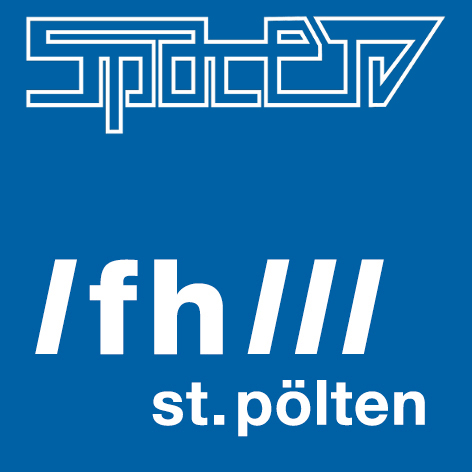The Chronograph (2010)
Leo Peschta (AT)
2.9.-7.9.
“The Chronograph” engraves the “acoustic moment” onto the object on which it’s mounted. The way it functions resembles the workings of a clock. Every minute, the “hand” advances a couple of degrees, whereby a bur attached to the hand cuts a groove into the object. The depth of the groove depends on the current noise level in the installation space. On busy days, the object’s surface is completely milled away; when things are quiet, it retains its original form
Windrecorder SR-1 (2009)
Leo Peschta (AT)
2.9.-7.9.
Leo Peschta’s “SR-1” is a wind recording & playback device. It registers the wind blowing about its wearer’s head for a few minutes. Later, at any given location, it can play back the “wind atmospheres” that it has committed to memory. SR-1 consists of an aluminum body on which 16 fans, electronic control components and a battery are mounted.
WERP_BOT (2006)
Gordan Savicic (AT/NL), Leo Peschta (AT)
2.9.-7.9.
If WERB_BOT hears the word “Tschik” (an Austrian slang expression for cigarette), the robot shoots a cigarette directly into the smoker’s mouth with its specially designed “catapult-like-apparatus”. No matter what happens, the overwhelming excitement of the moment leaves the smoker relieved and satisfied, his/her coolness factor visibly augmented.
Der Zermesser (2007–2010)
Leo Peschta (AT)
2.9.-7.9.
By changing the length of its sides, this object breaks his own perfect symmetry and can feel the surrounding room. Each of his sides is equipped with a microcontroller, power supply and motors and is capable of determining its own length autonomously. The knowledge of the position and the extension of the individual modules and of the interrelationship among their respective positions enables the entire object to move freely within the space by shifting its center of gravity.
B.R.E.T.T (2008)
Leo Peschta (AT)
2.9.-7.9.
During the opening hours of the exhibition, the artist Leo Peschta walks through the city with a GPS- device, that constantly sends the position of the artist to the robot, which maps this data to the walls of the room. It follows this route by alternately seizing one of its parts against the walls with one of its parts and folding the other one over. Thereby the architecture of the exhibition space gets is thus altered according to the way how the artist uses the city, forcing the visitors to react on to each move the artist makes.



